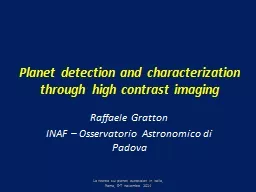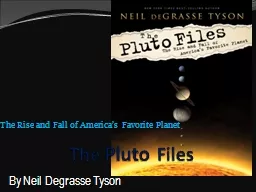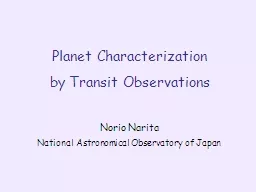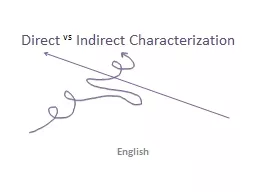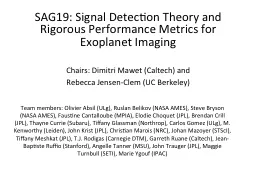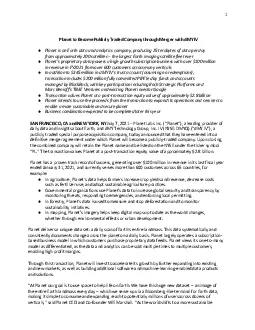PPT-Planet detection and characterization through high
Author : lindy-dunigan | Published Date : 2017-11-03
c ontrast i maging Raffaele Gratton INAF Osservatorio Astronomico di Padova La ricerca sui pianeti extrasolari in Italia Roma 57 novembre 2014 Content The
Presentation Embed Code
Download Presentation
Download Presentation The PPT/PDF document "Planet detection and characterization th..." is the property of its rightful owner. Permission is granted to download and print the materials on this website for personal, non-commercial use only, and to display it on your personal computer provided you do not modify the materials and that you retain all copyright notices contained in the materials. By downloading content from our website, you accept the terms of this agreement.
Planet detection and characterization through high: Transcript
Download Rules Of Document
"Planet detection and characterization through high"The content belongs to its owner. You may download and print it for personal use, without modification, and keep all copyright notices. By downloading, you agree to these terms.
Related Documents

